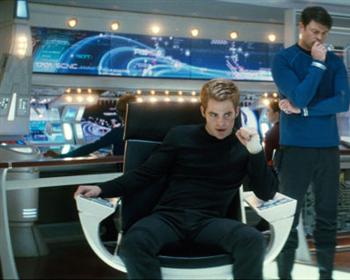One of the joys of previewing the BFI Festival comes from wandering into films that one hadn’t intended to watch and subsequently being swept away by them. The free-wheeling Australian comedy Three Blind Mice was the first film to have this effect on me, Beautiful Losers is the second.
It’s a documentary which tells the story of a number of American artists who came together in New York in the 90’s. How representative they are of the art scene is clearly something critics could argue about at length, and there’s more than a faint suspicion that those gathered in this film are bound more by their friendship to director Aaron Rose than by any sort of collective vision. The Art featured is of a broad range from graffiti and skateboarding, to painting and TV ads.
In fact what marks these artists out is their absolute belief in the validity of self-expression—of the eleven featured artists, only one, Shepard Fairey, offers much by way of political or cultural analysis. The rest seem to operate purely from impulsion. Don’t come to this film for theory. Instead this is a celebration of a bunch of talking heads who are both somewhat unusual, and against the odds, extremely sympathetic. They’re funny and sweet and charming in a sort of Owen Wilson laidback slacker style. And they’re infectiously enthusiastic (I’ve bought the spray paint—anyone know a railway bridge with an empty patch?). They’re also very—and in some cases incomprehensibly —successful. But at least they weren’t to start with and never appeared to work with financial success as their objective. If nothing else this film is a pleasing antidote to the businessman-as-artist model perfected by Damien Hirst and co on our side of the pond.
I must confess to being somewhat in thrall to the fact that I’d never heard of any of the artists featured in this documentary. Nor do I know any of their work except inadvertently through advertising. But having always been deeply suspicious of modern art, this film achieves something rare and arguably invaluable — it humanises the work. Its focus on the process rather than theory behind art is refreshing and engaging.
It probably won’t be widely released, so if you’re at all interested in modern art this is well worth catching. And if you’re not—challenge yourself. You may well be surprised. I was.


